1: A single LED
Before we even get started with the GPIO, lets make an LED light up by simply wiring it to the +3.3v supply and 0v.
So… We have a yellow wire from the Pi’s
+3.3v supply to the breadboard and this connects to an LED then via a
270Ω (ohm) resistor to 0v. The green wire connects back to the Pi.
(Note that here and in the following pages, the Fritzing
breadboard layout is slightly different from the photos – it’s the same
circuit, just laid out in a way that makes it easy to see in the
images)
Refer to the diagram here
to work out the pins we’re using. From this view the 3.3v pin on the
GPIO connector is to the top-left, or pin number 1 on the connector.
In electronics terms, our circuit diagram looks like this:
A quick word about the electronics
involved. LEDs are Light Emitting Diodes and the diode part is important
for us – they only pass electricity one way, so we need to make sure we
put them in the right way round. They have a long leg and a slightly
shorter leg. The long leg goes to the plus side and the shorter leg to
the negative (or 0v) side. If we’re cut the legs short (as I have done
here), then another way is to look at the side of the LED – there will
be a flat section. Think of the flat as a minus sign and connect that to
the 0v side of the circuit.
If we allow too much current through the
LED, it will burn very bright for a very short period of time before it
burns out, so we need a resistor to limit the current. Calculating the
resistor value is not difficult but for now, just use anything from 270Ω
to 330Ω. Anything higher will make the LED dimmer.
So now we have a lit LED. What we really
need to do is make it easily turn on and offable – preferably by a
command or program running on the Raspberry Pi.
We need to move the yellow wire to one of the programmable GPIO pins. We’ll move it to wiringPi pin 0 (GPIO-17) which is notionally the first user GPIO pin. (It’s physical location is pin 11 on the GPIO connector)
Do check against the wiring diagram to
work out which pin on the connector to use. The LED will initially be
off because normally the GPIO pins are initialised as inputs at power-on
time.
If you haven’t already done so, download and install wiringPi.
This will give you some libraries to use in C programs, but also a
command-line program which we can use to test the GPIO with.
Type the commands:
gpio mode 0 out gpio write 0 1 gpio write 0 0
If all has gone well, the LED should come on, then go off again. The first gpio
command above sets pin 0 to output mode, the 2nd sets pin 0 to the
value “1″ – logic 1 which puts a 3.3v signal on the pin, and turns the
LED on, and the last one turns it off again.
A word about GPIO pin numberings…
t’s often customary to refer to the GPIO
pins on a microcontroller by the pin number on the chip originating the
signal (or by the internal register name and bit-number). The Arduino
system decided that that was complex for newcomers and used a system
called wiring which started the pin numbers at
zero and worked upwards. This had the advantage of making sure that
when they moved to new chips which possibly had different internal
configurations, etc. the pin numbers would remain the same. I have
adopted this scheme in my wiringPi library for
the Raspberry Pi, but I also allow for the native GPIO numbering scheme
too. You will probably see the GPIO numbering scheme elsewhere though,
so I’ll give examples using both schemes.
If you look at the pins chart, then it gives both values. You can see that wiringPi pin 0 is GPIO-17. wiringPi pin 1 is GPIO-18, wiringPi pin 2 is GPIO-21 an so on. To use the GPIO pin numbering then you need to pass the -g flag to the gpio program:
gpio -g write 17 1 gpio -g write 17 0
This should turn the LED on then off again.
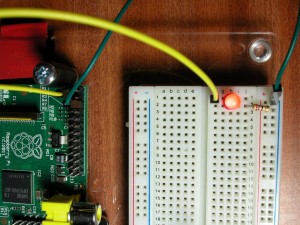
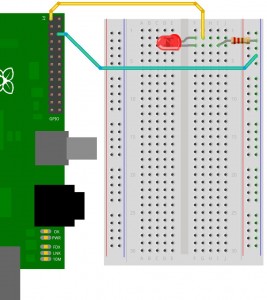
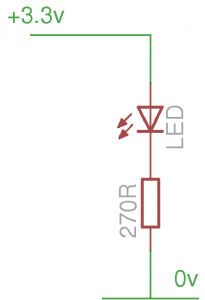
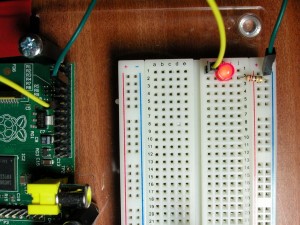
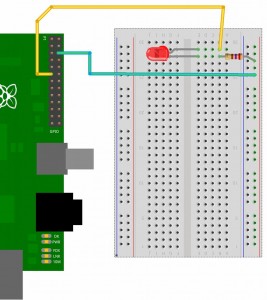
No comments:
Post a Comment